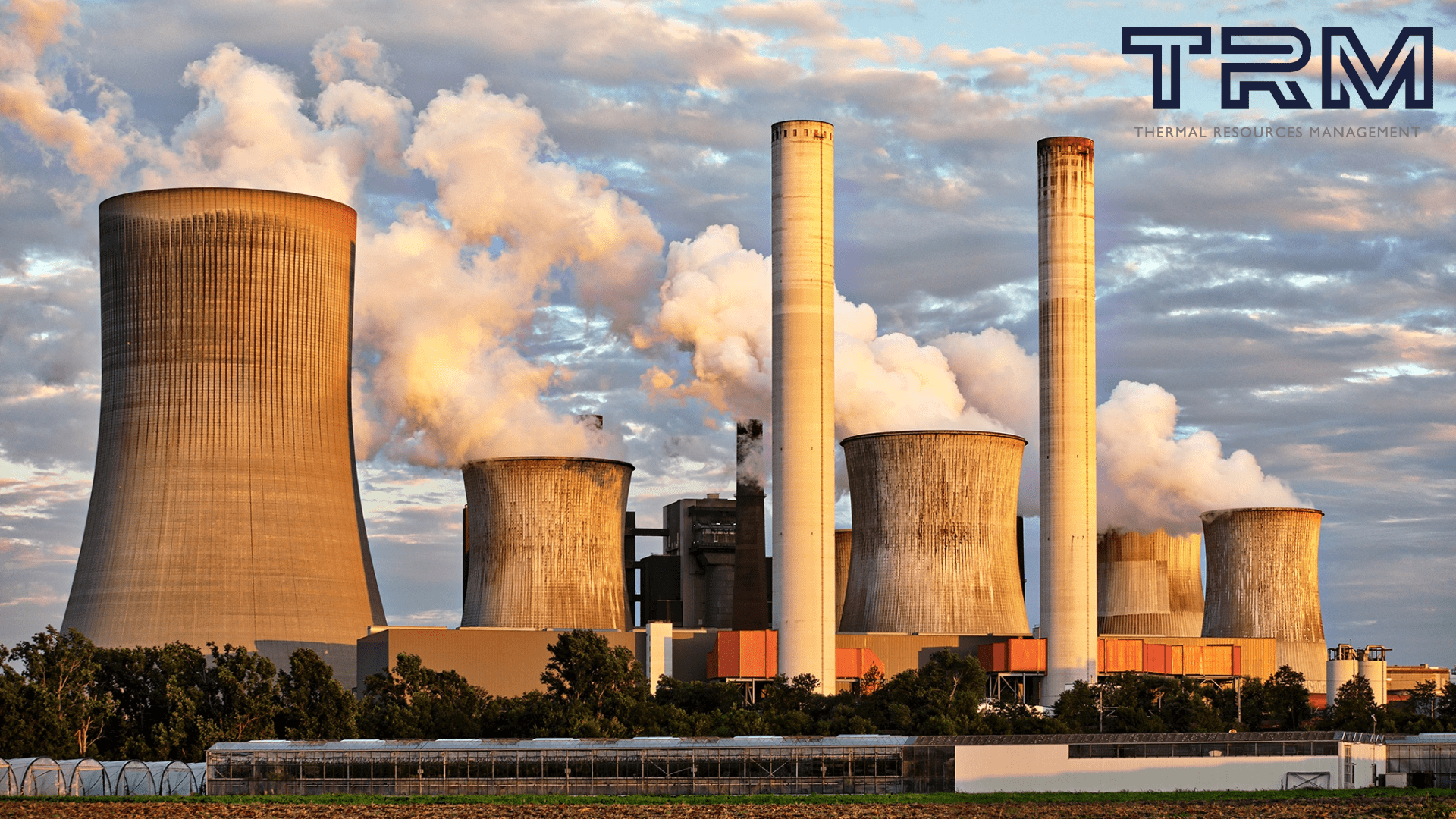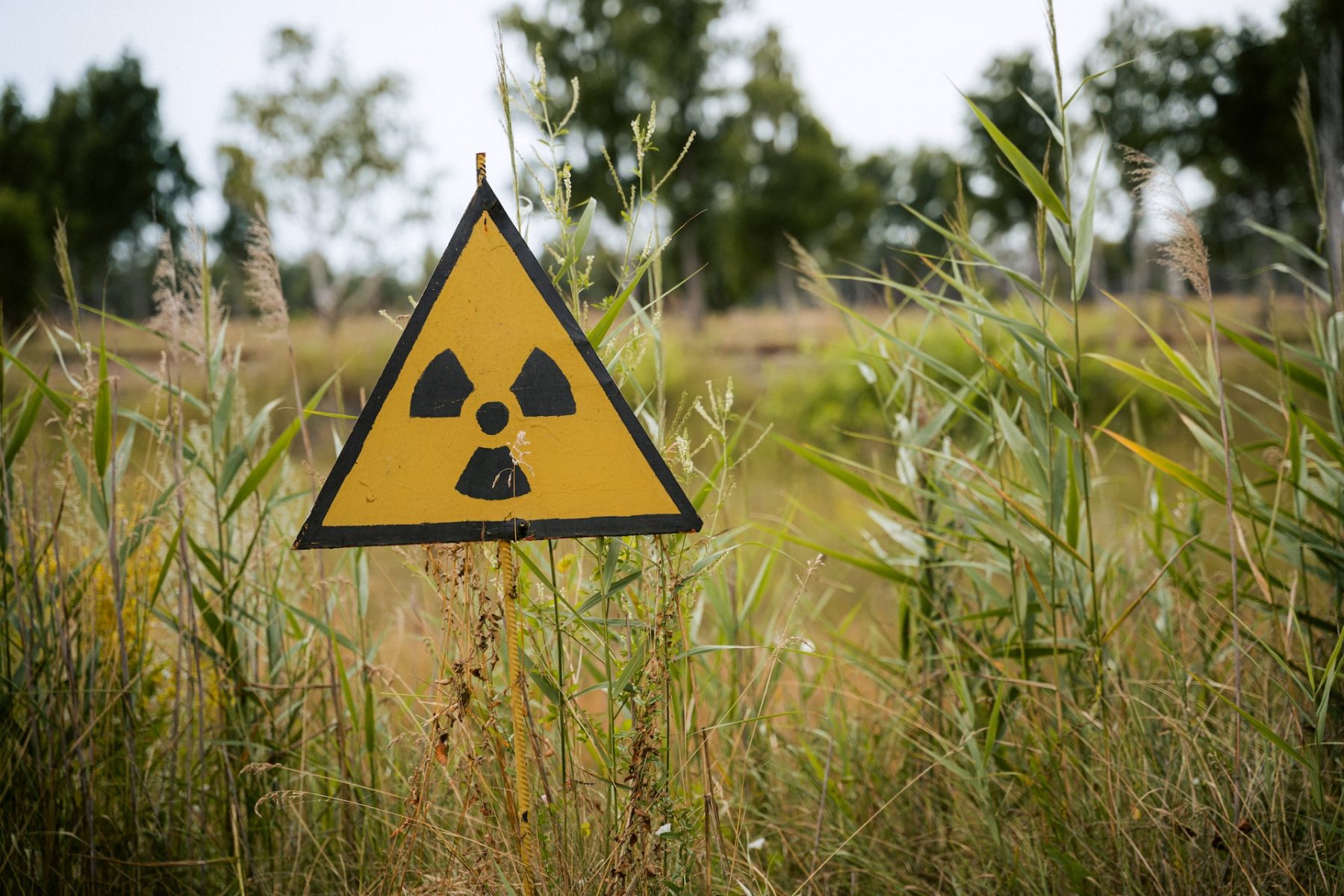Understanding MI Cables
Mineral Insulated (MI) cables are a unique type of electrical cable designed for harsh environments, including high temperatures, radiation exposure, and corrosive atmospheres. These cables are constructed with a central conductor surrounded by a magnesium oxide mineral insulation and a metallic sheath, providing exceptional performance and reliability.
MI Cables in Nuclear Power Plant Feedthroughs
Feedthroughs are critical components in nuclear power plants, allowing electrical signals to pass safely between containment areas and external systems. MI cables are ideally suited for use in feedthrough applications due to their:
- Radiation Resistance: MI cables can withstand high levels of radiation exposure, making them ideal for use in nuclear environments.
- High Temperature Capability: MI cables can operate at temperatures up to 450°C, ensuring reliable performance in demanding conditions.
- Corrosion Resistance: The magnesium oxide insulation provides excellent resistance to corrosion, preventing damage to the cable and ensuring long-term reliability.
- Flame Retardant Properties: MI cables are inherently flame retardant, minimising the risk of fire in the event of an emergency.
TRM’s Specialised MI Cables
Thermal Resource Management (TRM) offers a wide range of specialised MI cables designed to meet the stringent requirements of nuclear power plant feedthroughs. Our cables are available in various conductor sizes, sheath materials, and termination options to suit different applications and installation requirements.
Key Features of TRM’s MI Cables:
- Customisable Designs: We can tailor our MI cables to meet your specific requirements, including cable length, conductor size, and sheath material.
- High-Quality Materials: Our cables are constructed using premium-quality materials to ensure long-term reliability and performance.
- Strict Quality Control: We adhere to rigorous quality control standards to guarantee the integrity of our products.
- Compliance with Nuclear Standards: Our MI cables comply with relevant nuclear industry standards, ensuring safe and reliable operation.
Applications of TRM’s MI Cables in Nuclear Power Plants:
- Instrumentation and Control: Providing electrical connections for instrumentation and control systems.
- Reactor Monitoring: Monitoring critical parameters within the reactor core.
- Safety Systems: Ensuring the reliable operation of safety systems.
- Emergency Power Systems: Providing power to essential equipment during emergencies.
Contact TRM Today
To learn more about TRM’s specialised MI cables for nuclear power plant feedthroughs, please contact us today. Our experts will work closely with you to understand your specific requirements and provide tailored solutions.

